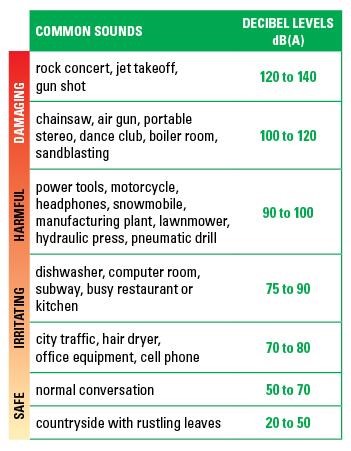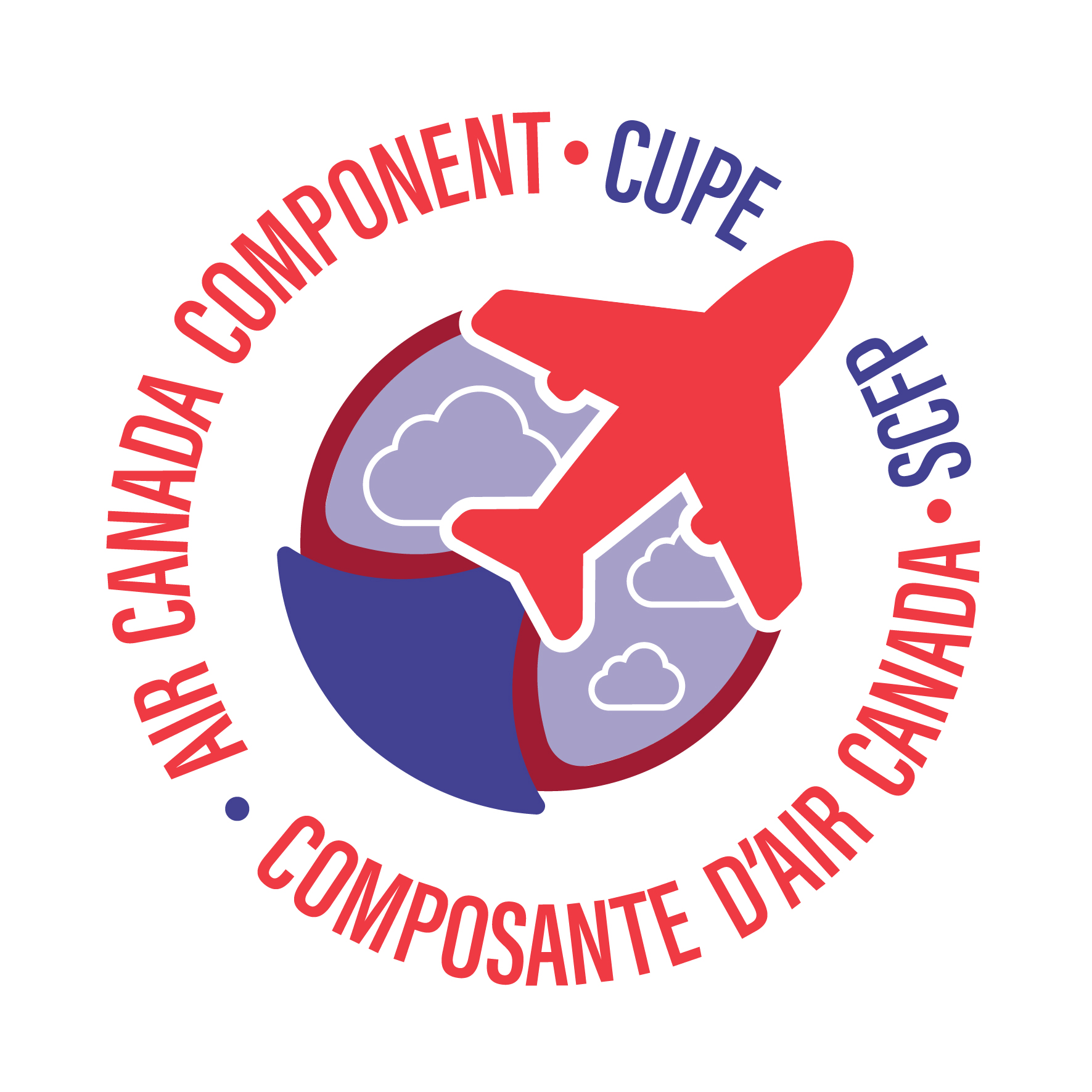Depending on your age and where you are at in your career, hearing may be an issue for you more from a preventative or a post-exposure claims perspective. Our two committees have worked together to provide information on how to protect your hearing, document exposure to environments that may be hazardous to your hearing, and how to go about making a claim in the event that noise induced hearing loss has occurred.
It’s important for us to point out that the best way to address hearing loss is to prevent it from happening. This takes some effort, but you only have two ears! Hearing loss is irreversible, and claims are very difficult to prove – especially when exposure hasn’t been diligently documented.
Preventing Noise Induced Hearing Loss and Documenting Exposures:
- Know what kinds of noises can affect your hearing. Common noises include very loud galley sink drains (whistling), blown door seals, engine/APU noise at destinations that use air stairs.
- Wear hearing protection when in proximity to loud noises. At Mainline, the company provides 3M Taper-fit II earplugs to all cabin crew. These earplugs fit most (but not all) ear types and come with instructions on how to insert. They are available at all crew support centres from the support coordinators. If you do not have a pair, we recommend that you pick one up so that you have them if the need arises. For Rouge members ask your R room coordinator or manager.
Earplugs are only effective if worn correctly. If they don’t fit, report it in a health and safety complaint and request an alternate size (ex for small ear canals).
- Remove yourself from the immediate vicinity to the greatest extent possible.
- Log issues so that they get fixed. Remember to keep a record (photo or log entry number) as this information may be very difficult, if not impossible to track later on.
- File a health and safety complaint about the source of noise/exposure including:
– Source of noise hazard
– Log entry info
Proper logging and reporting will enable the company to address issues, preventing re-occurrence. It also documents your exposure and provides valuable data for your health and safety committees to continue working with the company to provide appropriate Personal Protective Equipment.
If your hearing loss is work-related, you can submit a claim for provincial compensation benefits. The example outlined within this bulletin will address how to apply for benefits specifically with WSIB however individual provinces follow similar framework.
Please see links below to file for a claim in provinces with Air Canada Bases and former Bases.
Noise-induced hearing loss is one of the most common occupational diseases, and one of the most preventable. Learn more about noise hazards in the workplace and find health and safety resources for Ontario workplaces.

Making a claim for noise-induced hearing loss (ONIHL):
If you think you may have noise-induced hearing loss, you should see an audiologist. Audiologists are hearing professionals and can perform tests to check your hearing. Talk to your doctor about your hearing and ask to see an audiologist.
If you have had a hearing test and/or have been diagnosed with hearing loss that you feel may be caused by working in one or more noisy Ontario workplaces you should file a claim for noise-induced hearing loss. The process is similar in other provinces – please speak to your local workers compensation specialist. In Ontario, you can make a claim through your:
- employer,
- doctor,
- audiologist,
- hearing instrument practitioner,
- union,
- a representative of your choice or,
- you can file your own claim.
To file your own claim, download a Worker’s Report of Occupational Noise Induced Hearing Loss and mail or fax, or call 416-344-1000 or toll-free 1-800-387-0750. You will need your current address, date of birth, Social Insurance Number, the date of your hearing tests, the name of your health practitioner or clinic and their address and telephone number.
Ontario WSIB have specially trained team of noise-induced hearing loss adjudicators, audiologists and occupational hygienists who have experience with noise-induced hearing loss. Once WSIB receive information about your claim, they will assign you a claim number and a noise-induced hearing loss adjudicator. Your noise-induced hearing loss adjudicator will contact you to provide you with your claim number and collect any additional information they need to make a decision in your claim. WSIB will then review information from you, your employer(s), and your health-care provider to decide if you are entitled to WSIB benefits.
WSIB need you to provide them with information about noise exposure in your workplace(s) and your medical diagnosis of noise-induced hearing loss including:
- Description of your symptoms and when you first became aware of your hearing problems
- Detailed information about your previous jobs and employers, including dates of employment, how long you worked at the job and the types of tasks you did on the job
- Names and addresses of all doctors, audiologists and/or hearing instrument practitioners you have seen regarding your hearing loss, and the dates of all visits
Each claim is unique and decision times can vary. For allowed noise-induced hearing loss claims, your benefits may include Health care, which could include life entitlement to hearing aids, their repair, ongoing maintenance, batteries, and hearing assistive technologies.
- For more information on hearing aids, please see policy 17-07-04 Hearing Devices, and policy 18-01-05 Table of Rates.
- Loss of earnings
- Non-economic loss or permanent disability
If WSIB makes a decision that you do not agree with, the first step would be to discuss the issue with the noise-induced hearing loss adjudicator who made the decision. You can also visit our appeals webpage to learn more about our appeals process.
Noise-induced hearing loss is different from traumatic hearing loss. If your hearing loss is due to sudden exposure to noise, physical injury or chemical exposure at work, you can call 416-344-1000 or 1-800-387-0750 see WSIB Policy: 15-04-01 Traumatic Hearing Loss.
WSIB Policies
Noise-induced hearing loss is considered an occupational disease under Sections 2(1) and 15 of the Workplace Safety and Insurance Act (WSIA).
When making a decision on noise-induced hearing loss claims, WSIB are guided by these policies:
- 16-01-03 Occupational Noise-Induced Hearing Loss
- 16-01-04 Noise-Induced Hearing Loss, On/After January 2, 1990
WSIB Forms
The following forms need to be filled out to establish a hearing loss claim:
- Worker’s Report of Injury/Disease Form 6
- Worker’s Report Occupational Noise Induced Hearing Loss
These forms need to be filled out by doctor/audiologist:
- Health Professional’s Report (Form 8)
- Hearing Aid Special Needs Request
The process for claiming occupational hearing loss:
Establish a claim by keeping track of the following:
- Incidents of ringing in the ear(s)
- Incidents of working near noisy parts of the aircraft
- Entries in the Cabin Defect Log of noisy/whistling door seals
- Getting hearing tested and establishing proof of hearing loss
- Follow the work-related injury/illness process
In Solidarity,
Jordan Bray-Stone
Chair, Health & Safety Committee
Tamara Di Maddalena
Chair, Workers Compensation Committee
